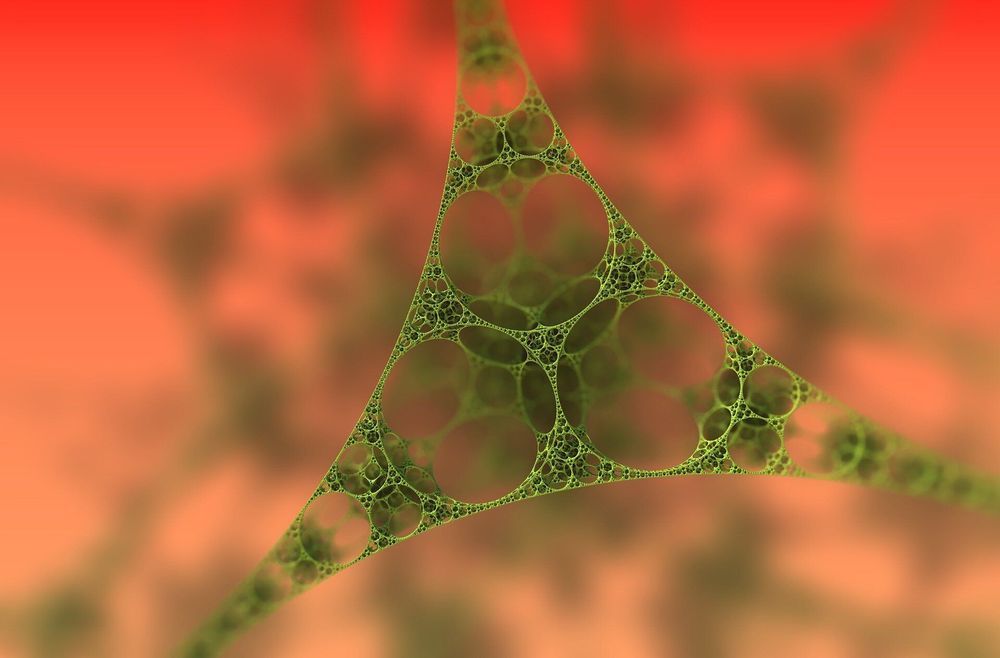Imagine a mobile phone charger that doesn’t need a wireless or mains power source. Or a pacemaker with inbuilt organic energy sources within the human body.
Australian researchers led by Flinders University are picking up the challenge of “scavenging” invisible power from low-frequency vibrations in the surrounding environment, including wind, air or even contact-separation energy (static electricity).
“These so-called triboelectric nanogenerators (or TENGs) can be made at low cost in different configurations, making them suitable for driving small electronics such as personal electronics (mobile phones), biomechanics devices (pacemakers), sensors (temperature/pressure/chemical sensors), and more,” says Professor Youhong Tang, from Flinders University’s College of Science and Engineering.










Comments are closed.